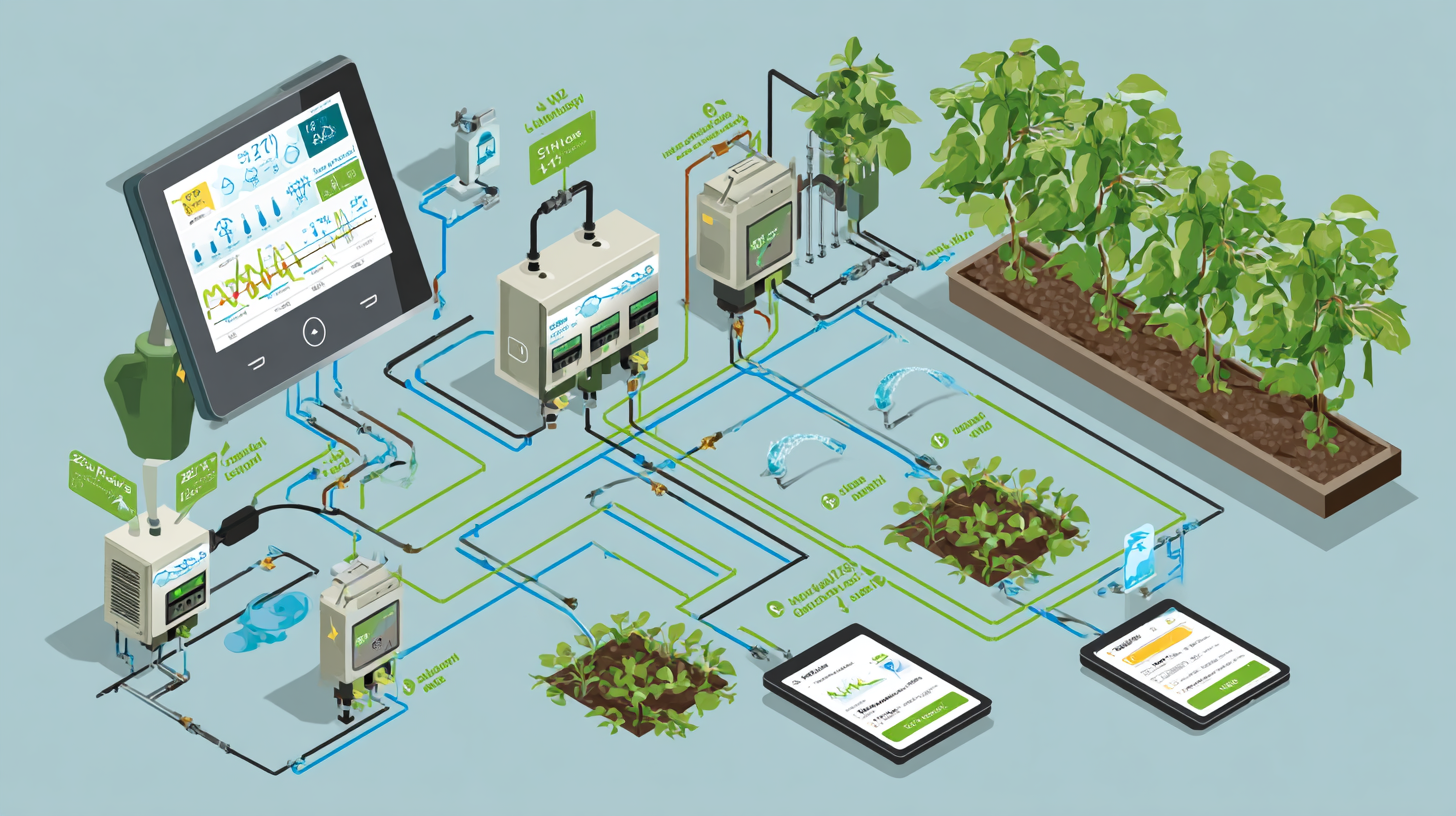Morning, AMEPGADGET readers — if you’ve been battling patchy grass or wasting hours dragging hoses, a smart irrigation controller could be the upgrade that pays for itself in a season. In 2025, these systems are smarter about weather, easier to install, and better at saving water without sacrificing a healthy yard.
What a smart irrigation controller actually does
At its core, a smart controller replaces a manual or timer-based sprinkler controller and adjusts schedules automatically. It factors in local weather, seasonal trends, and—if you add sensors—real soil moisture. The result: fewer wasted cycles, fewer brown spots, and less time babysitting the garden.
Key features to look for
- Weather-based adjustments: Uses local forecasts or on‑site sensors to skip watering when rain is predicted.
- Soil moisture sensors: Measure actual ground moisture to avoid unnecessary watering.
- Zone control & flow monitoring: Manage multiple zones individually and detect broken sprinklers or leaks via flow sensors.
- App & voice control: Remote schedules, manual run, and status checks from your phone; some models work with Alexa or Google.
- Easy wiring & retrofit kits: Many systems swap into existing 24V wire setups without major rewiring.
Installation basics — what to expect
If you already have a conventional 24V sprinkler controller, swapping to a smart unit is often a one-hour job: shut power, label and move the zone wires, mount the new controller, and power it up. If you don’t have wiring, battery or solar options plus wireless relays exist, though a pro install is cleaner for complex systems.
Where to place soil sensors
Put sensors in representative areas — near plant roots, not right at the sprinkler head. For lawns, place sensors in sunny and shaded zones. You’ll usually need 1–3 sensors for a typical suburban yard to get reliable data.
Top models for 2025 (starter → pro)
| Model | Best For | Standout Feature |
|---|---|---|
| Rachio 3 | Most lawns | Robust weather intelligence and wide third‑party support |
| Orbit B-hyve Pro | Budget-conscious yards | Good scheduling and flow monitoring at a lower price |
| Hunter Hydrawise | Large/complex systems | Advanced flow fault detection and commercial-grade options |
| RainMachine Touch HD | Privacy-focused users | Local-first weather logic (runs offline if needed) |
Pairing ideas and automations
Pair your controller with a smart water shutoff or a leak detector so you can halt irrigation if a line breaks. Tie schedules to your weather station or smart home hub for seasonal automations. Want a prettier yard on the weekend? Create a temporary boost mode for heavy watering after lawn work.
Water savings & cost math
Weather-aware controllers often cut outdoor water use by 20–40% versus fixed timers. Savings depend on local rates and lawn size, but reduced meter bills plus healthier plants usually justify the cost within a few seasons for most homeowners.
Quick troubleshooting & maintenance
- Check valve wiring if a zone won’t run; loose terminals are common.
- Replace sensor batteries annually if not hardwired.
- Run a manual zone test after install to confirm proper head coverage.
- Inspect for clogged nozzles or broken heads when flow monitoring flags a low/high flow event.
Where to start on AMEPGADGET
Ready to shop or compare models? See our curated picks at AMEPGADGET Shop — Smart Irrigation, and explore setup guides in the Smart Home Innovations hub.
Final thought
A smart irrigation controller is one of the most practical outdoor upgrades you can make in 2025—less work, lower water bills, and a greener lawn without the guesswork. Install one this weekend, tune your zones, and enjoy the results all season long.
Have a controller you love (or a horror story from a bad install)? Drop a comment and help other readers avoid the same pitfalls—we’ll highlight the best tips in a follow-up post.



0 comments